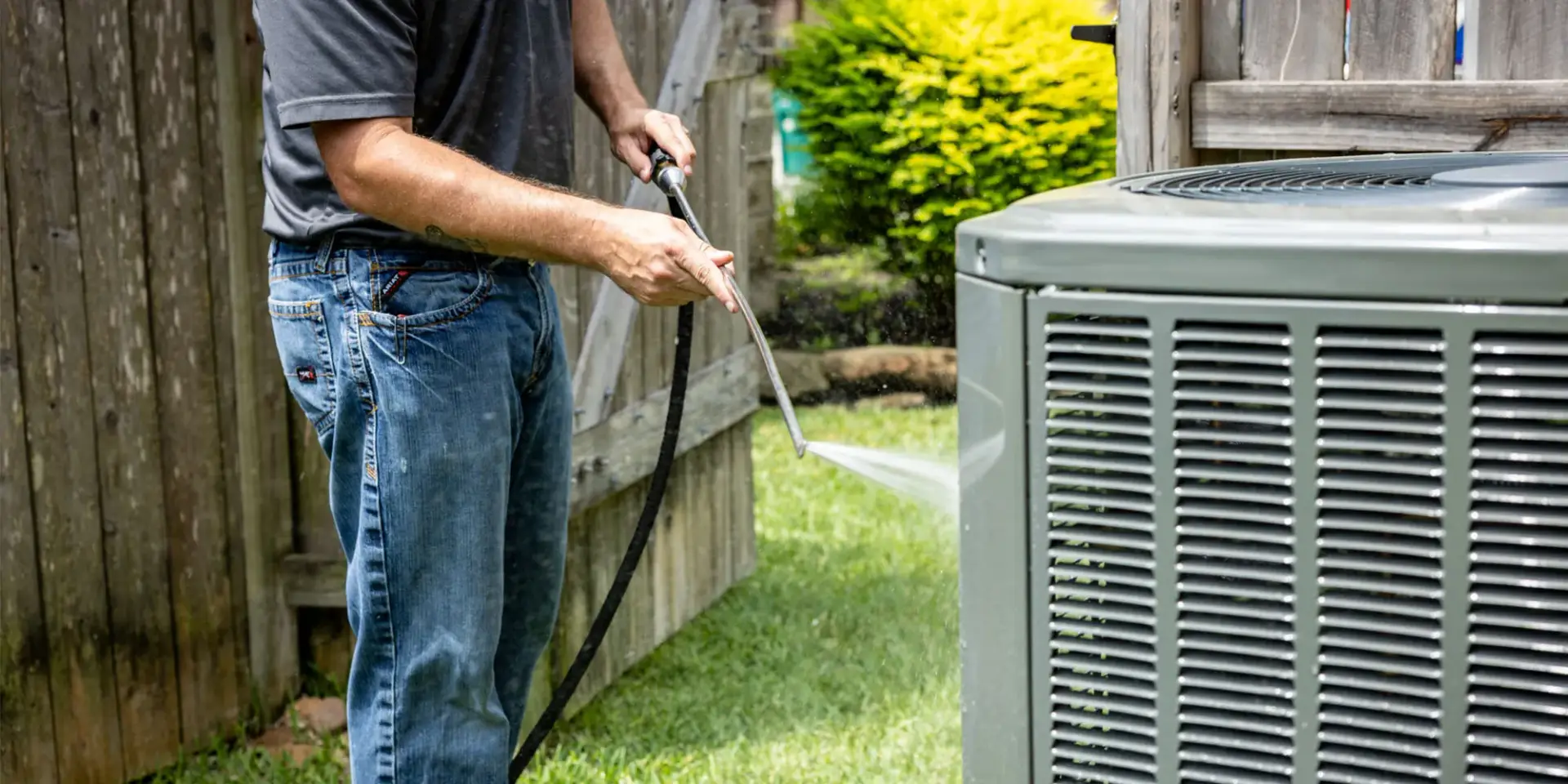We get it. HVAC probably isn’t your go-to conversation starter. You are not lying awake at night wondering about refrigerant levels or the mysteries of ductwork, at least we hope not. But when your AC quits during a Texas heatwave or your heater decides to take the winter off, HVAC suddenly becomes very interesting.
This blog is here to help. We will break down the important stuff, share a few handy tricks, and maybe even make you laugh along the way. If your system ever acts up, you will have the knowledge to handle it like a pro.
Why Should You Have a Complete HVAC System Inspection Before Selling or Buying a Home?
An HVAC inspection is an essential step when selling or buying a home to ensure transparency and peace of mind for both parties.
For sellers, it helps boost buyer confidence by showcasing that the HVAC system is in good condition, making the home more appealing. Addressing any issues upfront can prevent surprises or costly repairs during negotiations, while a well-maintained system can add value and justify your asking price.
For buyers, an inspection provides a clear understanding of the system’s condition, ensuring there won’t be any unexpected repair or replacement costs after the purchase. It also allows buyers to plan for future expenses, such as upgrades or maintenance, while confirming the system is operating efficiently and safely to provide year-round comfort.
Overall, an HVAC inspection streamlines the transaction process, saving time, money, and stress for everyone involved.
Cooling & Heating System Inspection Checklist:
Refrigerant Pressures and Temperature Differentials:
-Inspect and record refrigerant pressures and temperature differentials.
-Measure and log superheat and sub-cooling.
Compressor Operation:
-Test and inspect compressor functionality.
-Measure and log compressor amperage.
Electrical Components:
-Check electrical voltage, operation, and amperage on all system components.
-Inspect wiring, contacts, capacitors, and relays for the furnace and condenser.
Motors and Fans:
-Inspect condenser fan motor and blade operation.
-Measure condenser fan motor amperage.
-Inspect blower motor and wheel operation.
-Measure blower motor amperage.
Coils and Airflow:
-Inspect condenser and evaporator coils (if accessible).
-Inspect supply and return plenums (if accessible).
Ductwork and Drainage:
-Inspect ductwork, connections, and bracing.
-Inspect the condensate drain line.
Outdoor and Indoor Components:
-Inspect outdoor disconnect.
-Inspect the filter at the return plenum in the attic.
Thermostat:
-Test thermostat functionality in both heating and cooling modes.



